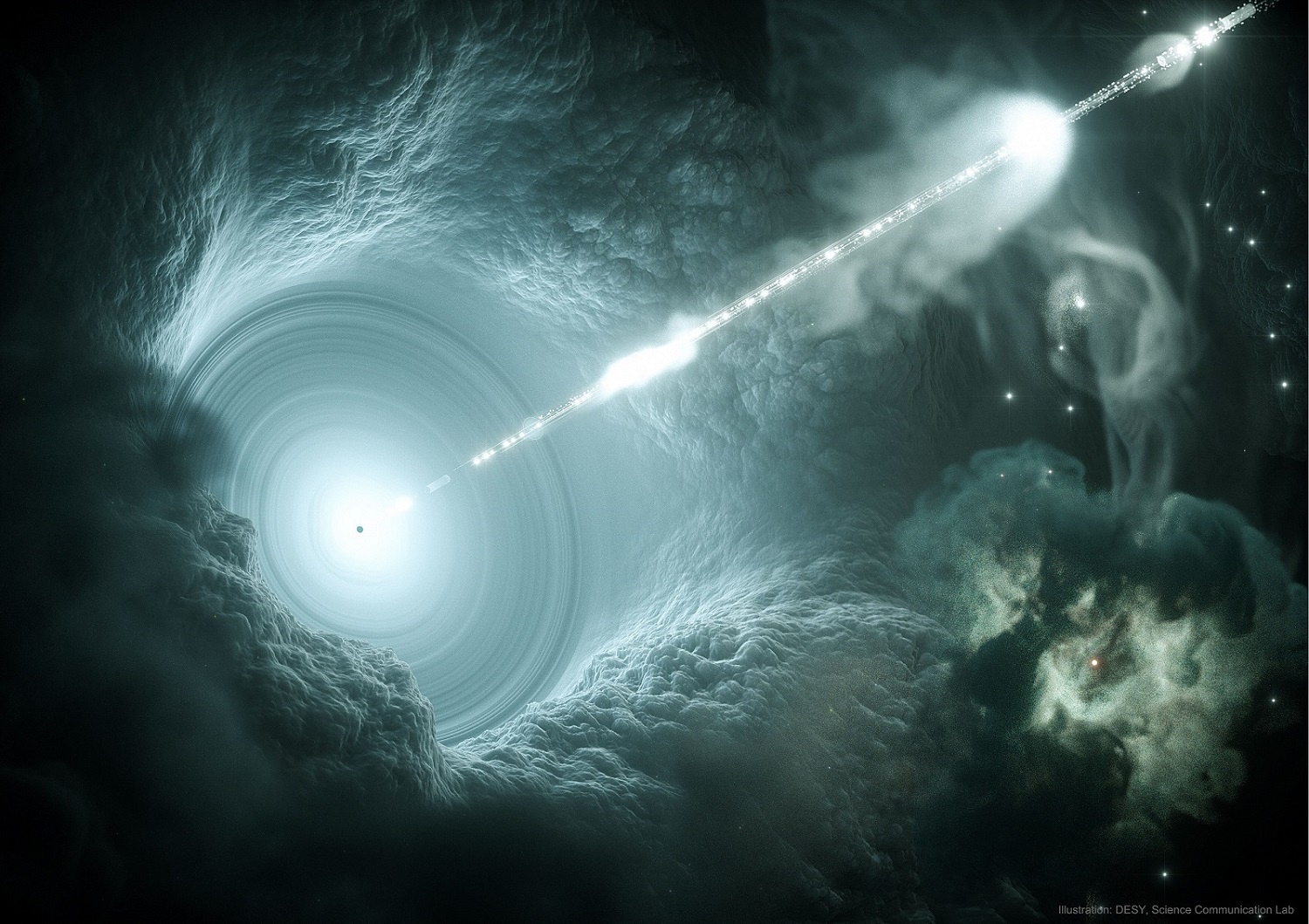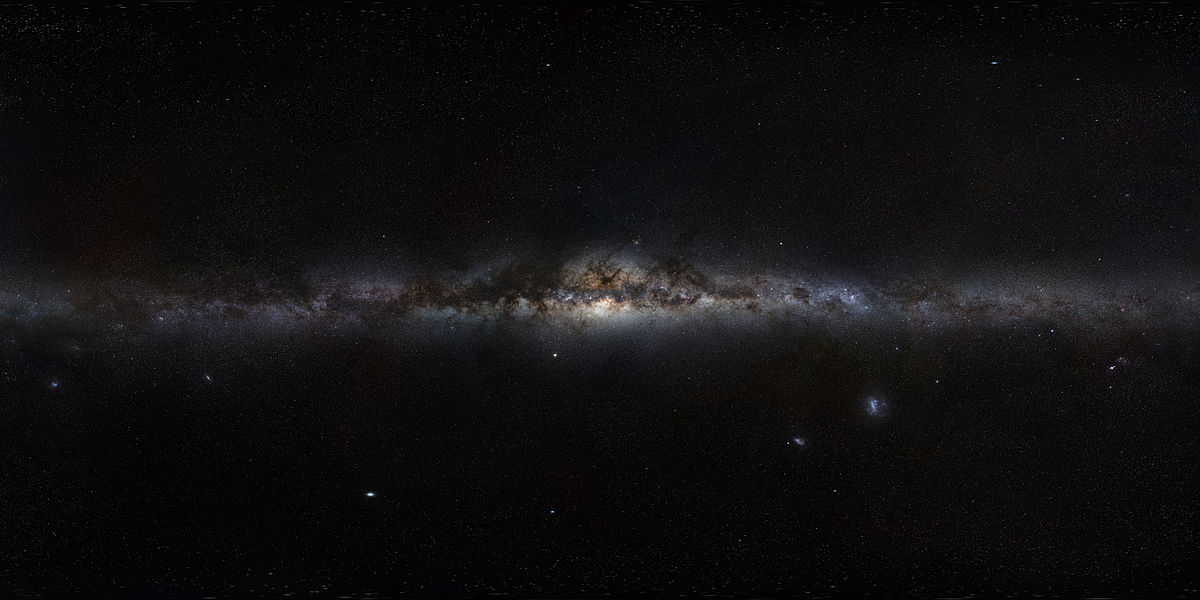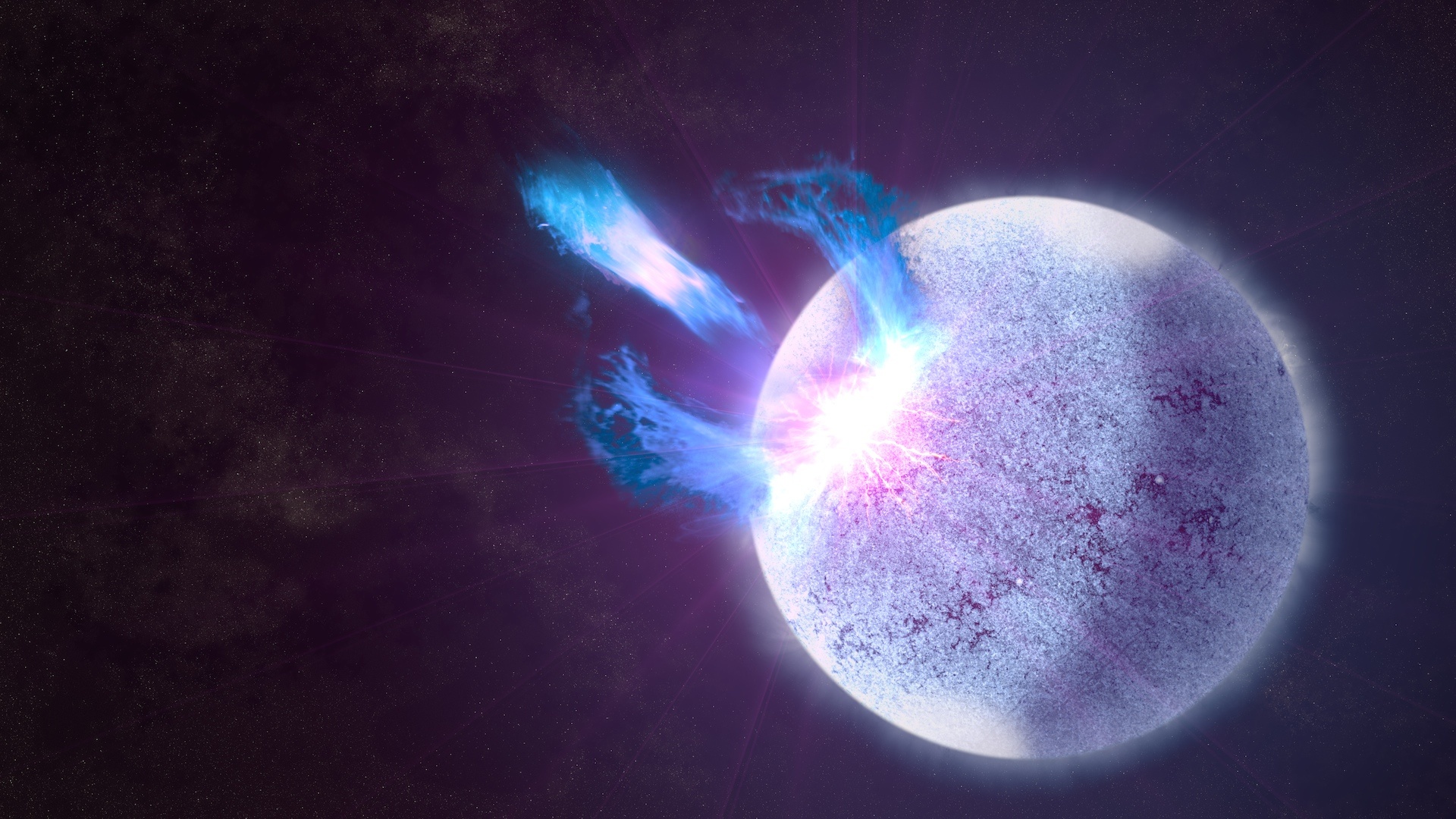Distances in the solar system are vast, and it typically takes millions of years for small bodies to migrate from one orbit to another. But researchers recently discovered a “super highway”, where interactions among the planets are capable of sending comets and asteroids from Jupiter to Neptune in as little as a decade.
Continue reading “Gravitational interactions can drive comets and asteroids from Jupiter out to Neptune in just 10 years”Gravitational interactions can drive comets and asteroids from Jupiter out to Neptune in just 10 years










